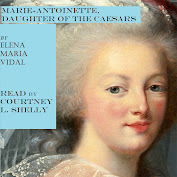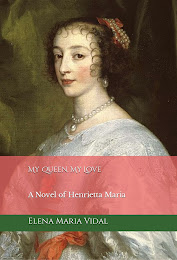From Fast Company:
The history of middle age begins as far back as the eye can read. In classical Western literature, the middle of life is represented as a time to live and die magnificently. The heroes of Greek epics—Odysseus, Achilles, Ajax—are always middle-aged, and none of them loses sleep wondering about his life choices or whether his skills are falling off. Nor does Homer worry much about conveying how these men became who they are. Wily Odysseus, we can only assume, was wily pretty much from the cradle.
Beowulf, the hero of an early Anglo-Saxon poem, likewise does not show signs of slowing down until old age, when a dragon proves too much for him to kill without help from a much younger man. Embarrassing. The middle phase of life, these works imply, is the time when people are most themselves, with the greatest abundance of skill and purpose that life will ever confer.
Even Shakespeare saw midlife as little cause for anxiety. Among the “seven ages of man” described in As You Like It, middle age corresponds roughly to the part of “the justice,” a man with “fair round belly” and “wise saws” who sounds a little quaint, perhaps, but also content; it is only during the sixth age, with the approach of what Shakespeare calls “second childishness,” that a major shift occurs and quality of life starts to drop.
Then everything changed. The Industrial Revolution gave rise to a new bourgeois class that, when not reeling from the latest market crash, had time and money to burn. Middle-class leisure, unlike the aristocratic kind that greeted one at birth, required shifting gears, from a full-steam-ahead search for one’s place in the world to the relative stagnancy that came with having found it. This kind of whiplash was enough to make a crisis of midlife: a deep-seated feeling of anxiety about the value of one’s achievements, the meaning of existence and the proximity of death.
While the actual term “midlife crisis” was not born until 1965, thanks to 48-year-old Canadian psychoanalyst Elliot Jacques, its gestation stretched across the 18th and 19th centuries. Romantic poets such as John Keats and Percy Shelley, who died at 25 and 29, respectively, taught readers to covet the summer of life with almost desperate intensity, and even a slight chill in the air became cause for dread.
The Victorians, perhaps sensing that Britain’s empire could not stay young and virile forever, took this Romantic dread and ran with it. In the 1853 novel Little Dorrit, 41-year-old Charles Dickens portrays 41-year-old Arthur Clennam, who gloomily meditates on what he’s done with himself and how little it’s gotten him:
“‘From the unhappy suppression of my youngest days, through the rigid and unloving home that followed them, through my departure, my long exile, my return, my mother’s welcome, my intercourse with her since, down to the afternoon of this day with poor Flora,’ said Arthur Clennam, ‘what have I found!’”
For Clennam, a jaded merchant who recently vacated his position with the family firm in search of some greater purpose, taking stock of one’s life seems a painful but necessary exercise. He also takes another kind of stock, investing in a Ponzi scheme that plunges him, with most of London, into a state of financial crisis that mirrors his personal one. (Read more.)

















No comments:
Post a Comment